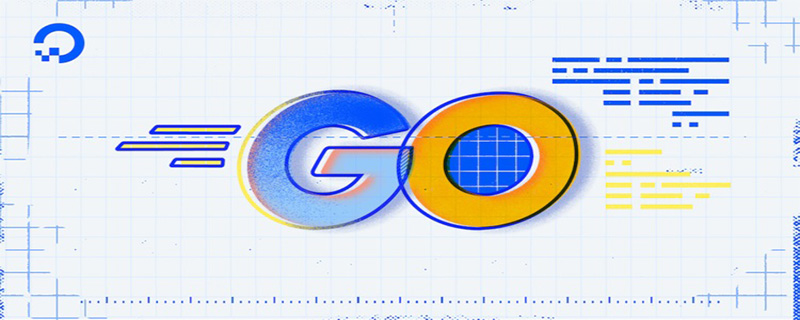
In the Go language, you can use the Since() function in the time package to obtain the function execution time. Set a start time before the function is executed, and obtain the time interval from the start time to the present at the end of the function execution. This time interval is the execution time of the function; and the function execution time can be calculated using the time.Since() function, The syntax "time.Since(t)" will return the time elapsed from t to now.

The operating environment of this tutorial: Windows 7 system, GO version 1.18, Dell G3 computer.
Use time.Since to calculate the execution time
The length of the function’s running time is an important indicator to measure the performance of this function, especially in comparison In benchmark tests, the simplest way to get the running time of a function is to set a starting time before the function is executed, and get the time interval from the starting time to the present when the function ends. This time interval is the function's operation hours.
In Go language, we can use the Since() function in the time package to obtain the running time of the function. The introduction of the Since() function in the official Go language documentation is as follows.
func Since(t Time) Duration
Since() function returns the time elapsed from t to now, which is equivalent to time.Now().Sub(t).
Example 1: Use the Since() function to obtain the running time of the function
package main
import (
"fmt"
"time"
)
func test() {
start := time.Now() // 获取当前时间
sum := 0
for i := 0; i < 100000000; i++ {
sum++
}
elapsed := time.Since(start)
fmt.Println("该函数执行完成耗时:", elapsed)
}
func main() {
test()
}The running results are as follows:
该函数执行完成耗时: 39.8933ms
We mentioned time above The function of .Now().Sub() is similar to the Since() function. If you want to use time.Now().Sub() to obtain the running time of the function, you only need to simply modify line 14 of our code above.
Example 2: Use time.Now().Sub() to get the running time of the function
package main
import (
"fmt"
"time"
)
func test() {
start := time.Now() // 获取当前时间
sum := 0
for i := 0; i < 100000000; i++ {
sum++
}
elapsed := time.Now().Sub(start)
fmt.Println("该函数执行完成耗时:", elapsed)
}
func main() {
test()
}The running results are as follows:
该函数执行完成耗时: 36.8769ms
Due to the influence of the computer's CPU and some other factors, the results obtained each time when obtaining the function running time are slightly different, which is normal.
Extended knowledge: use time.Now().Sub() to calculate the time difference
We only need to replace time.Since() with time.Now().Sub() can be used, as follows:
start := time.Now() // 获取当前时间
sum := 0
for i := 0; i < 100000000; i++ {
sum++
}
elapsed := time.Now().Sub(start)
fmt.Println(elapsed)In fact, time.Since internally calls the Sub function. Let’s enter the time package to see. The annotation means that Since returns the time that has passed since t. , time.Since is the abbreviation of time.Now().Sub(t),
\src\time\time.go 923:6
// Since returns the time elapsed since t.
// It is shorthand for time.Now().Sub(t).
func Since(t Time) Duration {
var now Time
if t.wall&hasMonotonic != 0 {
// Common case optimization: if t has monotonic time, then Sub will use only it.
now = Time{hasMonotonic, runtimeNano() - startNano, nil}
} else {
now = Now()
}
return now.Sub(t)
}when We can also use time.Now().Sub(start).Seconds() to get the number of seconds that have passed, Hours to get the number of hours that have passed, etc. The corresponding ones can also be abbreviated as time.Since(start).Seconds(), time. Since(start).Seconds() etc.
【Related recommendations: Go video tutorial, Programming teaching】
The above is the detailed content of How to get function execution time in Go language. For more information, please follow other related articles on the PHP Chinese website!
 Usage of Type keyword in Go
Usage of Type keyword in Go
 How to implement linked list in go
How to implement linked list in go
 What are the Go language programming software?
What are the Go language programming software?
 How to learn go language from 0 basics
How to learn go language from 0 basics
 How to define variables in golang
How to define variables in golang
 What are the methods to implement operator overloading in Go language?
What are the methods to implement operator overloading in Go language?
 What are the operators in Go language?
What are the operators in Go language?
 What are the data conversion methods in golang?
What are the data conversion methods in golang?